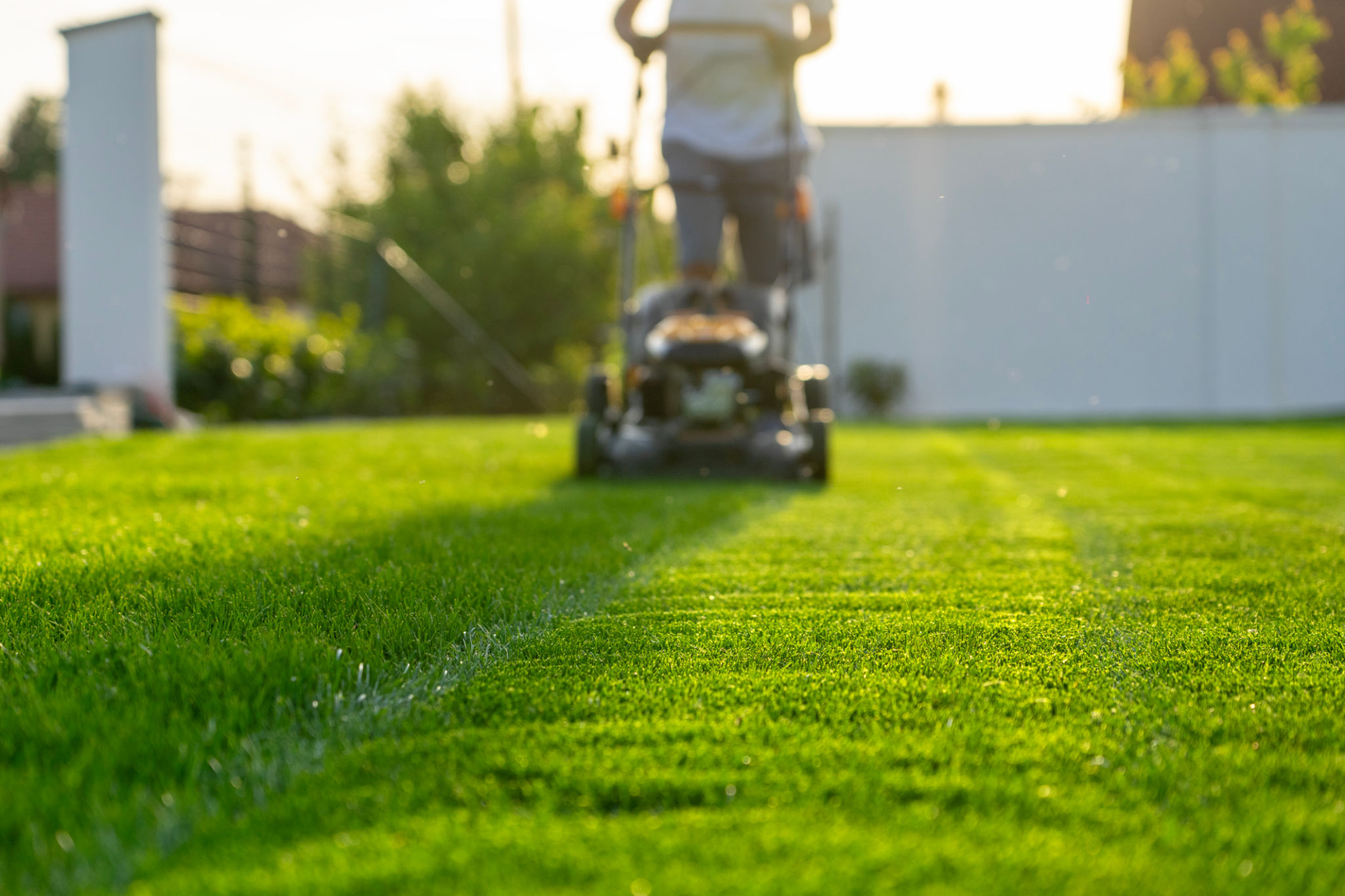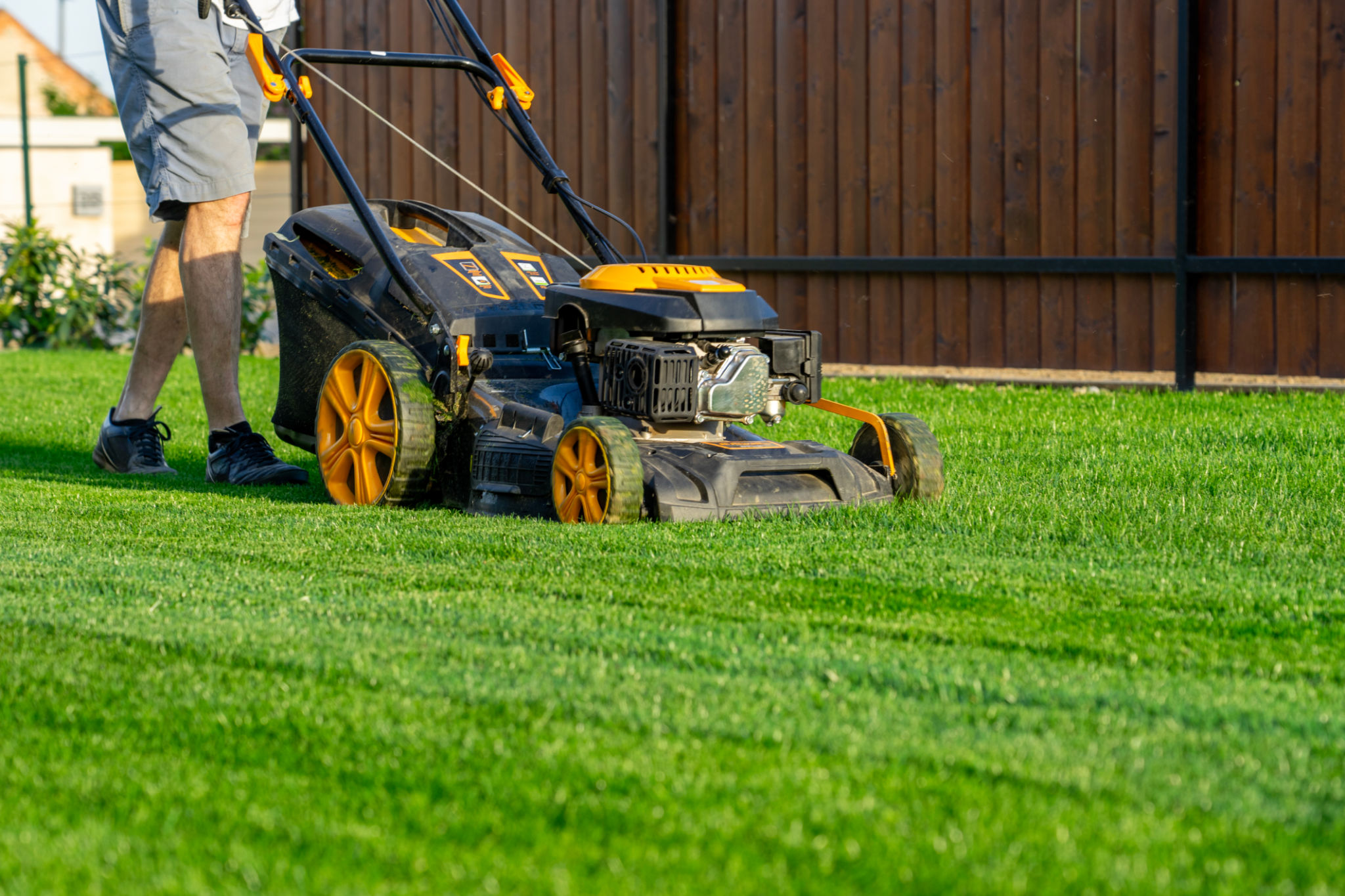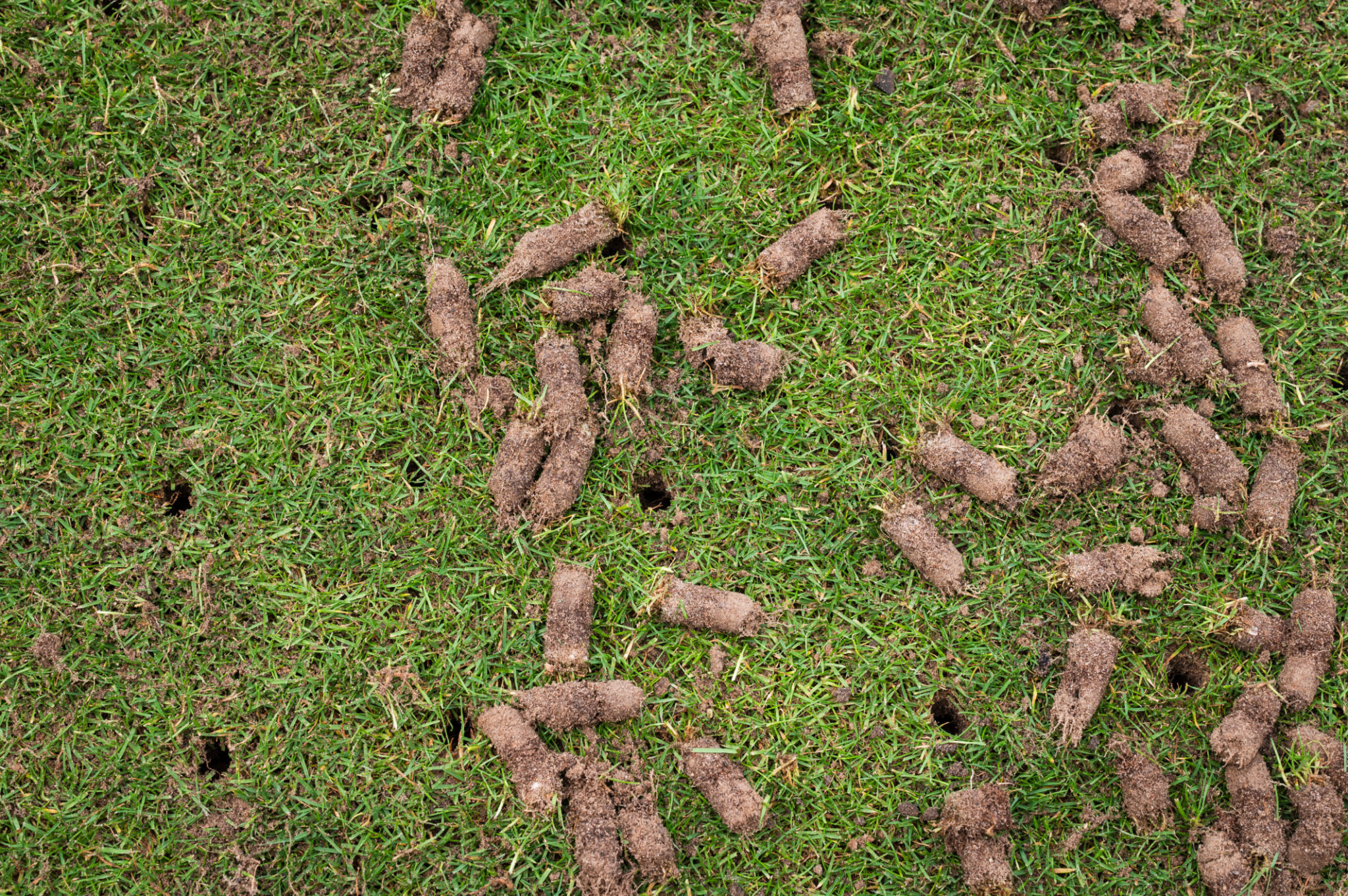DIY Lawn Care Tips for Castle Hayne Residents: Keeping Your Grass Green and Healthy
Understanding Your Lawn's Needs
For Castle Hayne residents, maintaining a lush, green lawn is a point of pride. However, understanding your lawn's specific needs is the first step to achieving that vibrant look. The local climate, soil type, and grass species all play a role in how you should care for your lawn throughout the year.
Begin by identifying the type of grass you have. Common varieties in this region include Bermuda, Zoysia, and Fescue. Each type has distinct characteristics and care requirements. Knowing this will guide you in choosing the right fertilizers and mowing heights.

Soil Testing and Fertilization
Before starting any lawn care regimen, it's crucial to understand the composition of your soil. Conducting a soil test can reveal essential details like pH levels and nutrient deficiencies. You can easily obtain a soil test kit from local garden centers or through cooperative extensions.
Once you've identified your soil's needs, choose a suitable fertilizer. For Castle Hayne's sandy soils, a slow-release nitrogen fertilizer is often beneficial. Apply it during the growing season and always follow the manufacturer's instructions for the best results.
Organic Options
If you prefer an organic approach, consider using compost or natural fertilizers like bone meal or fish emulsion. These options not only feed your grass but also improve soil structure over time.

Watering Wisely
Proper watering is key to a healthy lawn. In Castle Hayne, aim to water deeply but infrequently to encourage deep root growth. This typically means about an inch of water per week, either from rainfall or irrigation.
Early morning is the ideal time to water your lawn, as it reduces evaporation and allows grass blades to dry before nightfall, preventing disease. Consider installing a rain gauge to track precipitation and adjust your watering schedule accordingly.
Mowing Techniques
Mowing might seem straightforward, but doing it correctly can make a significant difference in your lawn's health. Set your mower blades to the appropriate height for your grass type; generally, keeping it between 2.5 to 3 inches helps shade the soil and prevent weed growth.

Regularly sharpen your mower blades for a clean cut and avoid removing more than one-third of the grass height at any time. This practice reduces stress on your lawn and promotes a denser turf.
Pest and Weed Management
Weeds and pests can quickly turn a healthy lawn into an eyesore. For weed control, consider using pre-emergent herbicides in early spring to prevent germination. Spot treat any existing weeds with post-emergent solutions.
For pest issues, it's essential to identify the culprit before treatment. Integrated Pest Management (IPM) strategies can help mitigate problems while minimizing environmental impact. Encourage beneficial insects like ladybugs or use natural pest repellents where possible.
Aeration and Overseeding
Aeration is a vital process that involves perforating the soil to allow air, water, and nutrients to penetrate grassroots. Fall is an ideal time for this task in Castle Hayne. Follow up with overseeding if your lawn appears thin or patchy. This practice ensures new growth and helps maintain a thick, lush turf.

By following these DIY lawn care tips tailored for Castle Hayne's unique conditions, you can enjoy a healthy and green lawn all year round. Remember, consistent care and attention are key to maintaining that beautiful outdoor space you desire.